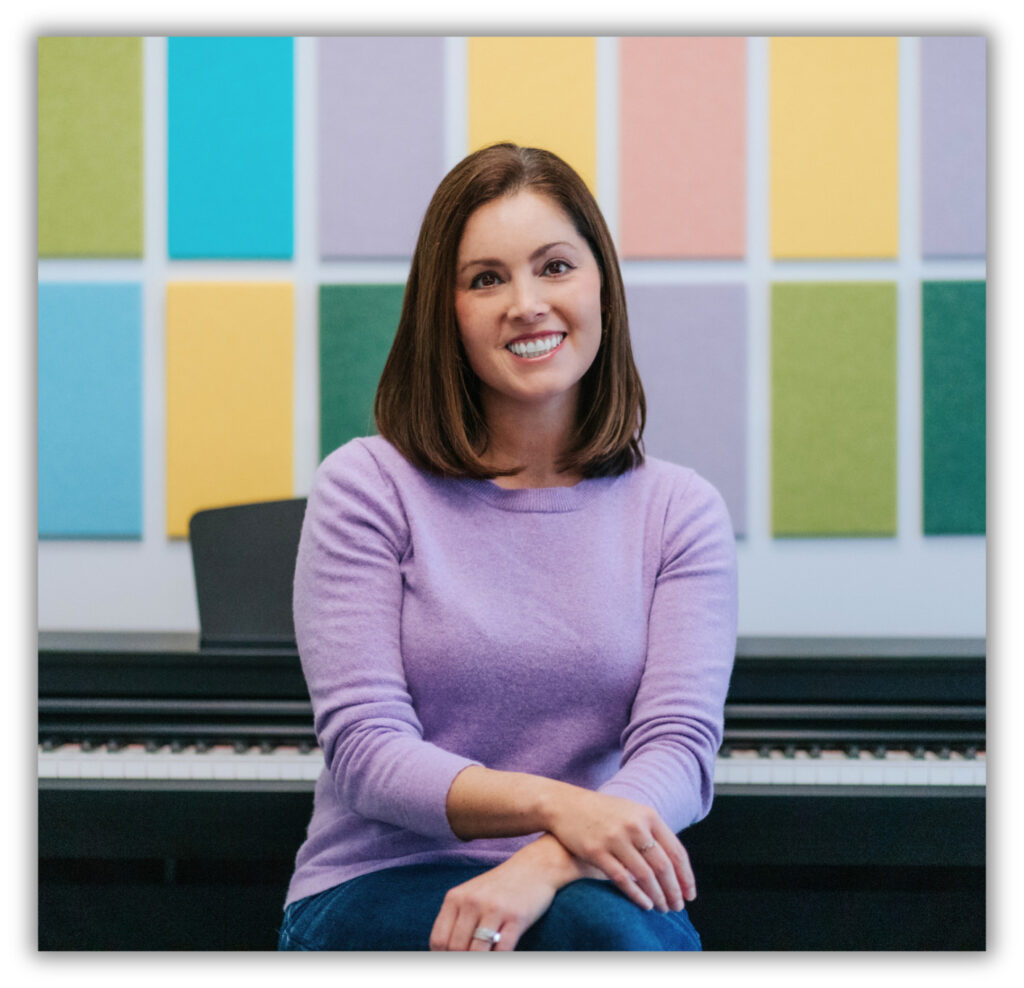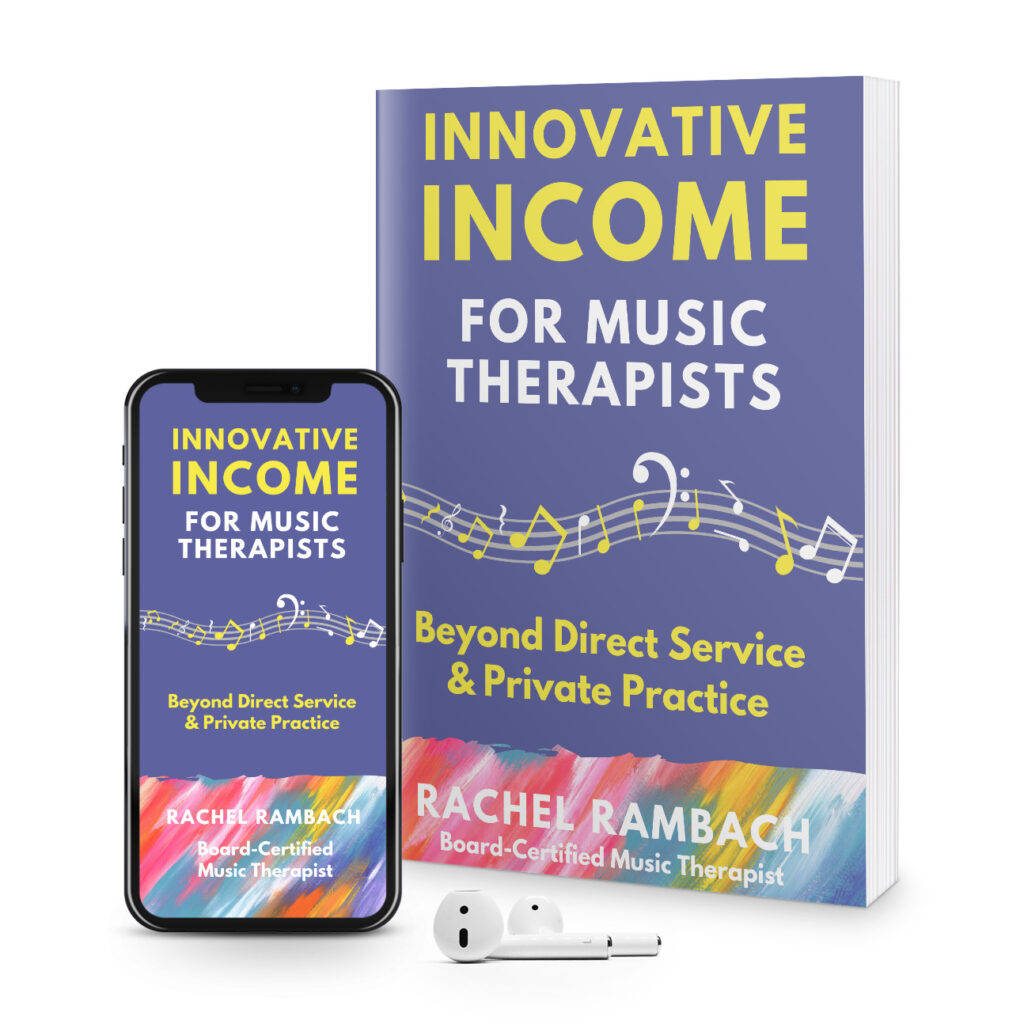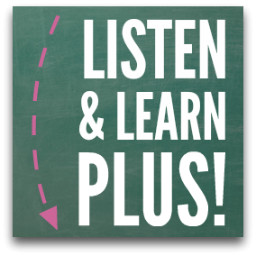by Rachel | Uncategorized

I have a Halloween tradition with one of my classrooms at school, and that is singing Peanuts Pumpkin Carols the week leading up to the big day. What are Peanuts Pumpkin Carols, you ask? They are a group of cleverly penned Halloween songs set to the tune of traditional Christmas carols.
So “Deck the Halls” becomes “Deck the Patch”, “Silver Bells” becomes “Pumpkin Bells”, “The 12 Days of Christmas” becomes “The 12 Days of Halloween” and so on. The teacher of that classroom found these songs online, and you can get them for yourself right here.
I absolutely LOVE Christmas music, but I usually try to hold off until November 1st to start listening to it. Preparing and singing these pumpkin carols is an excuse to start dusting off the familiar melodies I’ll soon be singing and listening to throughout the holiday season :)
In addition to the Peanuts Pumpkin Carols, you can check out my own original Listen & Learn Halloween songs.
by Rachel | Uncategorized
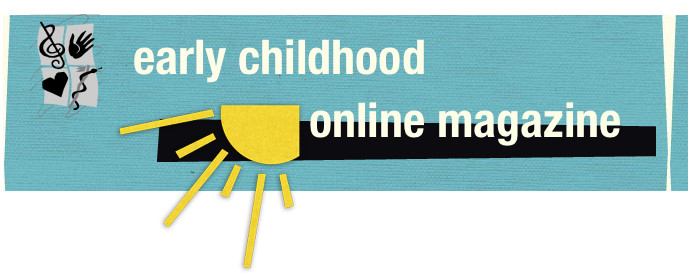 Happy September! Today marks not only the beginning of a new month, but also the official release of a brand new early childhood online magazine. Imagine is sponsored by the American Music Therapy Association and edited by Dr. Petra Kern, who serves as president of the World Federation of Music Therapy.
Happy September! Today marks not only the beginning of a new month, but also the official release of a brand new early childhood online magazine. Imagine is sponsored by the American Music Therapy Association and edited by Dr. Petra Kern, who serves as president of the World Federation of Music Therapy.
The inaugural issue contains over 50 contributions from 10 countries, including:
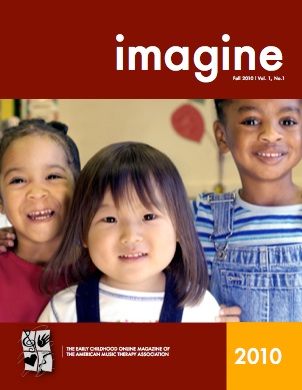
- latest research, trends, and clinical strategies
- interactive digital viewing mode
- podcasts, photo stories, teaching episodes
- international “color of us” series
- newsletter archive
- early childhood network platform
- an event calendar
I had the opportunity to contribute a resource list (pg. 91) — a joint effort between myself and Michelle Erfurt — as well as an original podcast on the topic of my Sunday Singalong videos (pg. 93). It is quite an impressive publication, and I hope you’ll take some time to check it out!
by Rachel | Uncategorized
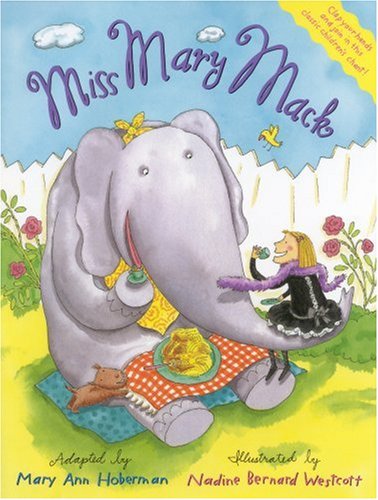
Hand clapping games were all the rage on the playground when I was growing up. “Miss Mary Mack” was one of the first I ever learned, so when I came across this book on Amazon, I couldn’t pass it up. I’m glad I didn’t, because Miss Mary Mack ranks right up there with Down by the Station, Going on a Bear Hunt, and Goodnight Sweet Butterflies as one of my favorite singable stories.
There are a few ingredients that make for a good children’s book in an educational setting. Repetition, alliteration, and rhyme are key, and Miss Mary Mack is chock full of all three. I found a fun little groove in Garageband to serve as accompaniment for the melody:
I know this isn’t the traditional “Miss Mary Mack” tune, but I found it to be a little more melodic (especially important since it’s sung over and over again) than the hand clapping version. No matter how you sing it, this is a great story for kids whether you’re targeting specific learning objectives or just reading it for fun.
by Rachel | Uncategorized
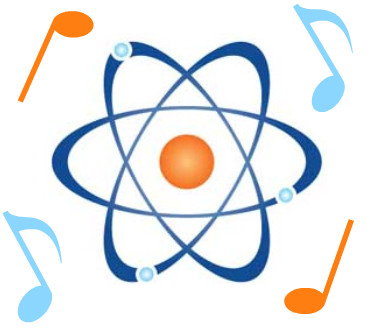
I use music to teach a variety of concepts on a daily basis, from money to making friends to telling time. These are basic skills that every child learns one way or another, but learning through music is not something students learn as a part of getting their teaching degree. Learning through music is also not limited to elementary subject matter. When I was in 8th grade, I took an advanced algebra class in which we learned the quadratic formula. To this day, I can still spout it out. You know the tune “Pop! Goes the Weasel”, right?
♫ X equals negative B, plus or minus the square root of B squared minus 4AC, all over 2A ♫
I don’t have any use for this knowledge now, but the fact is that almost 15 years later, I still have it — because I learned through song. The same goes for the Preamble to the U.S. Constitution (“We, the people of the United States, in order to form a more perfect union…”), the 50 states, and so on. A catchy song is so much more “sticky” than a textbook page when it comes to both short- and long-term memory, which is why music is such an effective teaching tool.
In addition to my work as a music therapist, I write custom songs for children to target specific skills and concepts. I also put together custom CDs, one of which I created this past weekend for my nephew. Mason turned 2, and for his birthday, I wanted to do something special for him. He LOVES music, so when he heard all of these songs with his name in them, about all of his favorite things (especially drums), he was ecstatic.
Mason’s party was held at the St. Louis Zoo, and we played the CD while we ate cake and ice cream in the discovery room. As the party was winding down, one of the employees came over to tell me how much she enjoyed the CD. She then proceeded to explain how much she loves music, and that she used songs to teach her children all kinds of things as they were growing up. When her son was in college and struggling before a physics test, she set the key information to music. Her son learned the “physics song” his mom wrote, and in turn, aced his exam.
Bottom line? Music can help teach just about any skill or concept, whether it’s as basic as tying a shoelace or as complicated as college physics.
by Rachel | Uncategorized
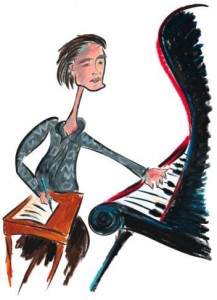
Take fellow music therapist Wade Richards’ quick assessment to find out whether you are Air, Water, Fire or Earth when it comes to songwriting. Wade is presenting the CMTE “Songwriter’s Garden” at this year’s AMTA national conference in Cleveland; the assessment is just a teaser of what else he has in store. I had a lot of fun answering the questions and trying to guess which element I qualify as, and my guess is that you will, too.
Songwriting Assessment
Assessment Scoring
Be sure to come back and share which element YOU are. Wade would also be interested in your results, so stop by his blog, Time for Music, and let him know. Oh, and you get extra credit if you can guess whether I’m Air, Water, Fire or Earth. Wade guessed correctly!


 Happy September! Today marks not only the beginning of a new month, but also the official release of a brand new early childhood online magazine.
Happy September! Today marks not only the beginning of a new month, but also the official release of a brand new early childhood online magazine. 



